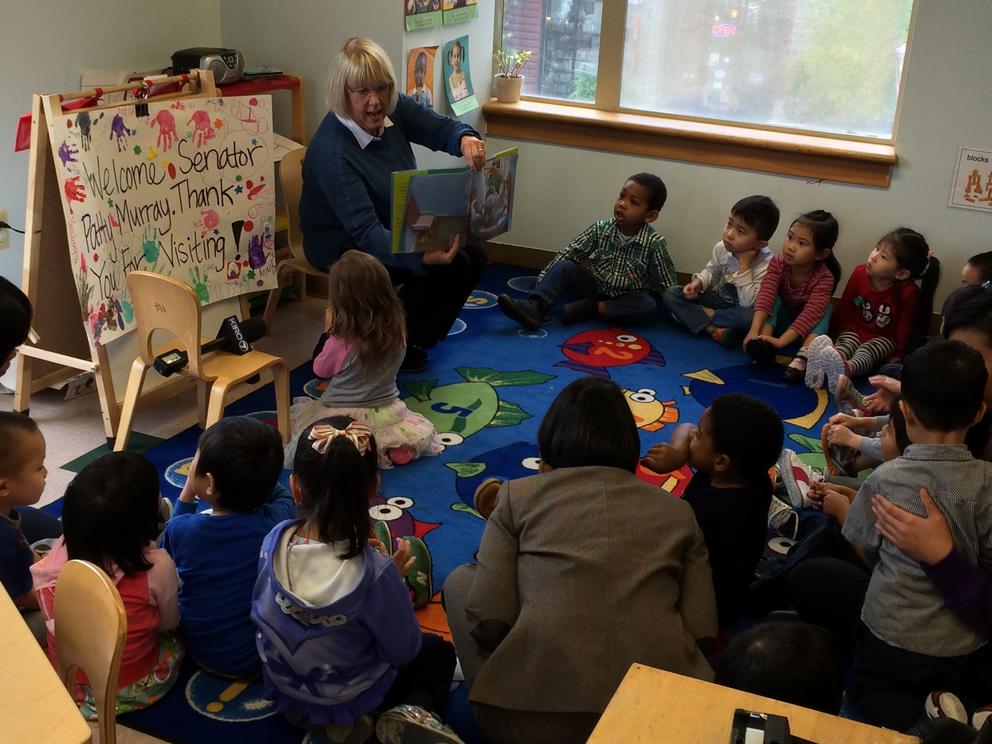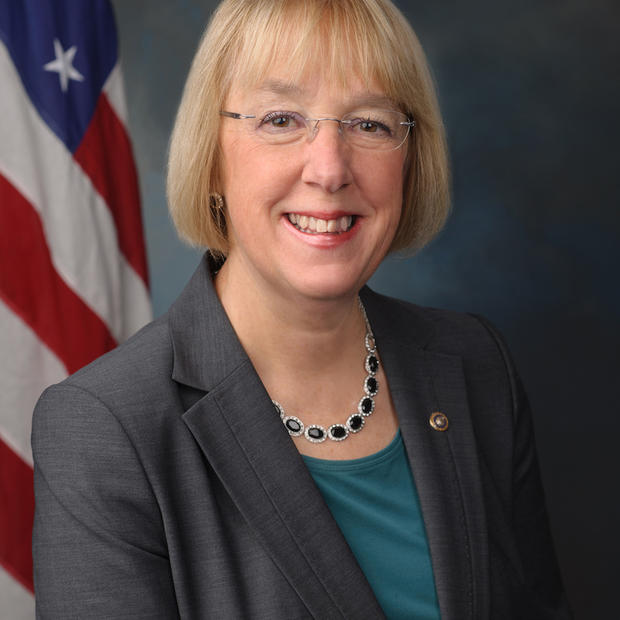There’s an issue that almost every parent in every community in every state is talking about, but few in Congress are focused on. When I walk the halls of Congress, I hear people talk about a number of issues contributing to economic insecurity in our country: housing costs, health care costs, wages that aren’t rising, while the basic costs of living are — but rarely do I hear my colleagues talk about child care.
The struggle to find and afford high-quality child care is almost universal in our country — and yet as we work to help build an economy that works for all, not just those at the top — we are leaving out a critical issue in this conversation.
As a former preschool teacher and lifelong advocate for early learning and child care, I’m listening.
Last fall, I traveled around Washington state and heard from parents and families about the challenges they face finding and affording high-quality child care.
Sarah from Port Hadlock has been working hard over the past five years to support her daughter and work her way out of poverty. But because of the lack of full-time and weekend child care options, she’s struggled to find full-time work. “When you’re making $15 per hour and spending $13 per hour on child care, you’re working for $2 per hour,” she told me.
And while I was in Tacoma, a mom of two, Meg, shared her story about how difficult it was for her to even find a child care center; she told me it took her four and half years to find child care for her son and daughter. That is unacceptable.
Too many families have similar stories, and that’s just the tip of the iceberg.
Families with a working mom pay nearly twice as much as they did 30 years ago on child care, meaning parents have a harder time leaving home and getting back into the workforce. Some working parents pay more than their rent, or in some cases, more than their paycheck on child care. Some working parents, especially those in rural areas or who have a child with a disability, can’t even find child care at all.
It’s clear we’re facing a child care crisis in this country.
And as we begin to address this crisis — it is critical that in addition to discussing the cost and availability challenges many working families face, we also need to talk about the quality of early learning and care we’re providing to our children. Early learning leads to a wide range of short and long-term benefits, including better outcomes for our students in school, higher job earnings, and lower crime and delinquency rates. Equipping our youngest learners with the tools and resources they need to succeed must begin with the tireless women and men who are educating them. Today, the average child care worker makes $10.18 an hour, or about $21,170 a year. Without the training and compensation they deserve, both children and the adults who take care of them lose out.
That’s why last year, I introduced the Child Care for Working Families Act, a comprehensive plan to provide quality early learning and child care for working families in Washington state and around the country. This bill will ensure no family has to pay more than they can afford on child care, and will prepare our youngest learners for success in kindergarten and beyond by expanding access to high-quality preschool for low- and middle-income three- and four year olds. And to ensure we’re attracting and retaining the very best, this bill will invest in our tireless teachers and caregivers with better training and pay.
Currently, 30 of my colleagues in the Senate, and 118 in the House are cosponsoring the Child Care for Working Families Act. This is a good start, but I’m going to keep urging members of Congress — from both sides of the aisle — to get behind this effort to help our kids. And as I continue to push to make high-quality child care a reality for all, we’re taking good steps in the right direction.
Last week, Congress passed a bipartisan spending bill that includes the largest increase in child care funding ever, meaning tens of thousands of families will now have access to child care that previously did not. It also includes over a $600 million increase in Head Start funding to provide high-quality, comprehensive early learning programs for more low-income children and families, along with increases in funding for early intervention services for children with disabilities and child care for student parents. These investments are a strong “down payment” for our Child Care for Working Families Act, but our work is nowhere near finished.
So I’m going to continue to travel around Washington state, listening to parents and teachers, and visiting child care centers in Longview, Vancouver, Seattle and more — and fight to find ways to expand child care for all working families without breaking the bank.
At a time when too many parents are wondering how they will pay doctor’s bills, keep a roof over their children’s heads, or save for college, affording child care shouldn’t be another concern. And more importantly, this is a smart investment in our future. We’ll see the benefits of providing a high-quality education to our youngest learners and preparing them for school, for college and beyond for generations to come. It’s the right thing to do for parents, for families in Washington state and across the country and for our economy.


